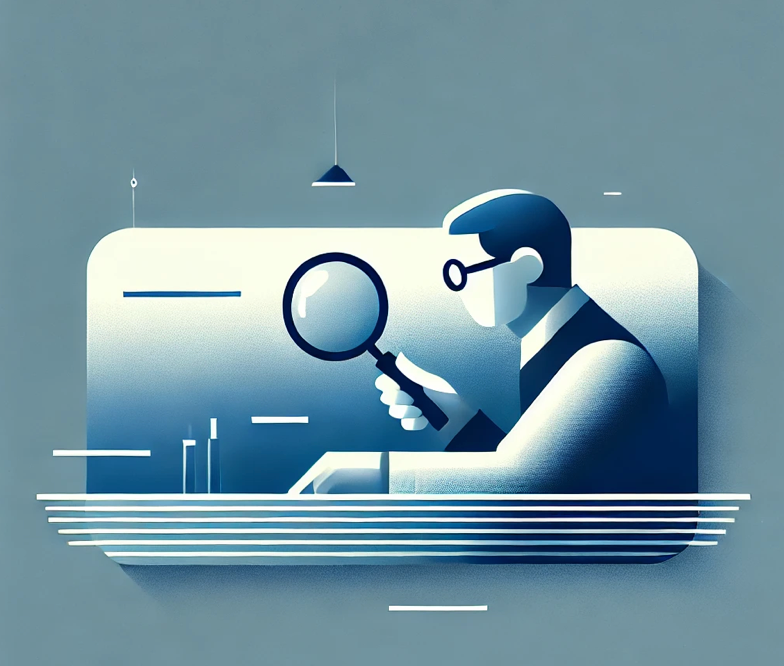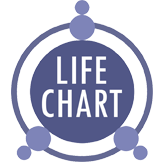If you have a 1/3 profile, your life is an exciting journey where knowledge and experience go hand in hand. You are someone who dives deeply into research, seeks a stable foundation, and learns through trial and error. Your ability to find answers to important questions and extract lessons from every step makes you not only unique but also valuable to those around you.
Your path is rarely straightforward or easy. You explore, test, and sometimes stumble, but it is precisely this process that allows you to create something genuine and lasting. Think about how many times the mistakes in your life have turned into experiences that became the foundation for new achievements. If you’ve ever felt that your failures outweigh your successes, remember: this is only temporary. Every mistake is a stepping stone to mastery. If you want to make this journey more harmonious and productive, studying your chart could be an excellent starting point.
Understanding the Lines of Profile 1/3
Line 1 — The Investigator
You are someone who always seeks a solid foundation. Perhaps you’ve noticed that you need to fully understand something before feeling confident. You are drawn to knowledge and won’t stop until you get the answers you seek. This approach often helps uncover truths, but there is a risk of getting stuck in the search process: how often do you find that knowing every detail doesn’t give you a sense of completeness but instead delays action?
Example: You start a new project and immerse yourself in learning all the details to ensure success. However, instead of starting, you continue to research, afraid of missing something important. Remember, your Human Design chart can help you understand when it’s time to pause, reflect, and then move forward decisively.
Line 3 — The Martyr
Your best lessons come through experience. Perhaps you’ve faced failures more than once, but these have never been in vain. Each time something goes wrong, you become stronger and wiser. The third line teaches you to adapt and find solutions even in the most challenging situations. It’s important to understand that mistakes are not problems for you but tools for growth. You can say that every error is a step on the ladder to mastery. How often have your failures turned into opportunities to try something new?
Example: You decide to change careers and start exploring a new field. Along the way, you encounter unsuitable courses or unsuccessful projects, but these experiences help you discover what truly works. Eventually, you find the perfect solution that fits you. Understanding your profile can help you approach these lessons with greater ease and confidence.
How the Lines Work Together
Your profile combines the power of investigation and experience. These lines work together to create a unique learning process: first, you dive into the details, then you test your knowledge in practice. As a result, you build a strong foundation for your life that withstands any challenges. It’s essential to understand that mistakes on this path don’t make you weaker — they strengthen your resilience and self-confidence.

Profile 1/3 in Relationships
Your 1/3 profile shapes a unique approach to relationships. You strive for depth and stability while also learning through your mistakes, especially in personal interactions. People with a 1/3 profile often find that their early relationships, whether friendships or romantic connections, are filled with challenges. However, these lessons allow you to understand what truly matters to you.
Your Approach to Building Relationships
You seek honesty and authenticity but need a solid foundation for the relationship. Perhaps you’ve noticed that you first try to “study” a person before fully opening up. This is natural for you as someone with a first line. At the same time, you might make mistakes in choosing people or approaches, but these errors teach you to better understand human nature.
Tips for Harmonious Connections
- Allow yourself time to explore, but don’t be afraid to try new things even if you’re unsure of the outcome.
- Share your experiences openly with loved ones. Your insights from trials and errors can inspire those around you.
- Practice patience with yourself and others. Your process of understanding may take longer, but it ultimately leads to stronger bonds.
Example: Imagine starting a new friendship. Initially, you might be cautious, asking many questions and observing the person. Then, you may encounter misunderstandings or even conflicts. However, by discussing the situation and learning from it, you not only preserve the friendship but also make it stronger.
Challenges and Mistakes of the 1/3 Profile
While the 1/3 profile holds immense potential for growth, it often faces specific challenges that hinder a person from fully realizing their strengths. These mistakes and difficulties are a natural part of the journey, but understanding them can help you manage them more effectively.
Common Mistakes
- Waiting for perfect knowledge before taking action: You may feel that you need to fully understand a topic before acting, which often leads to delays or missed opportunities. Remember: sometimes, basic understanding is enough to start and learn along the way.
- Fear of failure: Your experience teaches you that mistakes are part of the process, but emotionally, you might fear losing confidence. This fear can sometimes prevent you from making bold decisions.
- Perfectionism in relationships: You may expect others to match your level of honesty and authenticity. However, this isn’t always possible, leading to disappointment at times.
Example: You want to start a personal project but keep postponing it because you don’t feel ready. Or you begin a relationship but end it early, fearing the person won’t meet your expectations. It’s important to realize that action and effort bring more growth than endless waiting for perfection.
How to Overcome Challenges
- Ask yourself: “What can I do right now, even if I have doubts?” This helps you move forward step by step.
- Keep a journal of mistakes and lessons: By writing down your insights, you can see how each mistake becomes a stepping stone to growth.
- Remember that your Human Design chart offers guidance on managing these challenges. Exploring your chart can help you better understand your behavior patterns and learn how to use them to your advantage.
Summary and Next Steps
The 1/3 profile is a unique combination of the depth of investigation and the strength of experience. Your journey through trials and errors creates a solid foundation for growth, allowing you to not just learn but also transform each lesson into a source of power. Further exploring the specific aspects of your profile can help you embrace your mistakes as an essential part of the journey and build stronger relationships, improve your career, and boost your confidence. Remember, every step, even through difficulties, brings you closer to mastery and a fulfilling life.
If you want to understand yourself even more deeply and learn how to utilize your strengths to their fullest potential, the next step is to study role gates, which reveal how your profile lines manifest in specific aspects of life.
Role Gates for Profile 1/3
While many online resources describe Human Design profiles and their general characteristics, they often lack in-depth information about role gates. This makes studying role gates especially valuable for a deeper understanding of yourself. Each profile includes six role gates, each representing a distinct aspect that reveals your potential in various life contexts, such as professional activities, personal relationships, or self-development.
Role gates are a profound tool for self-discovery, helping you understand how the lines of your profile manifest in real life. Knowing about them not only deepens your awareness of your strengths and weaknesses but also offers specific solutions for life situations, whether in work, relationships, or personal growth. To explore your role gates and their influence further, you can access our premium content, which will help you discover even more opportunities for growth and harmony.

